Why Japanese Women Use Both "Ore" and "Watashi": Nuance

Written by
Ernest Bio Bogore

Reviewed by
Ibrahim Litinine
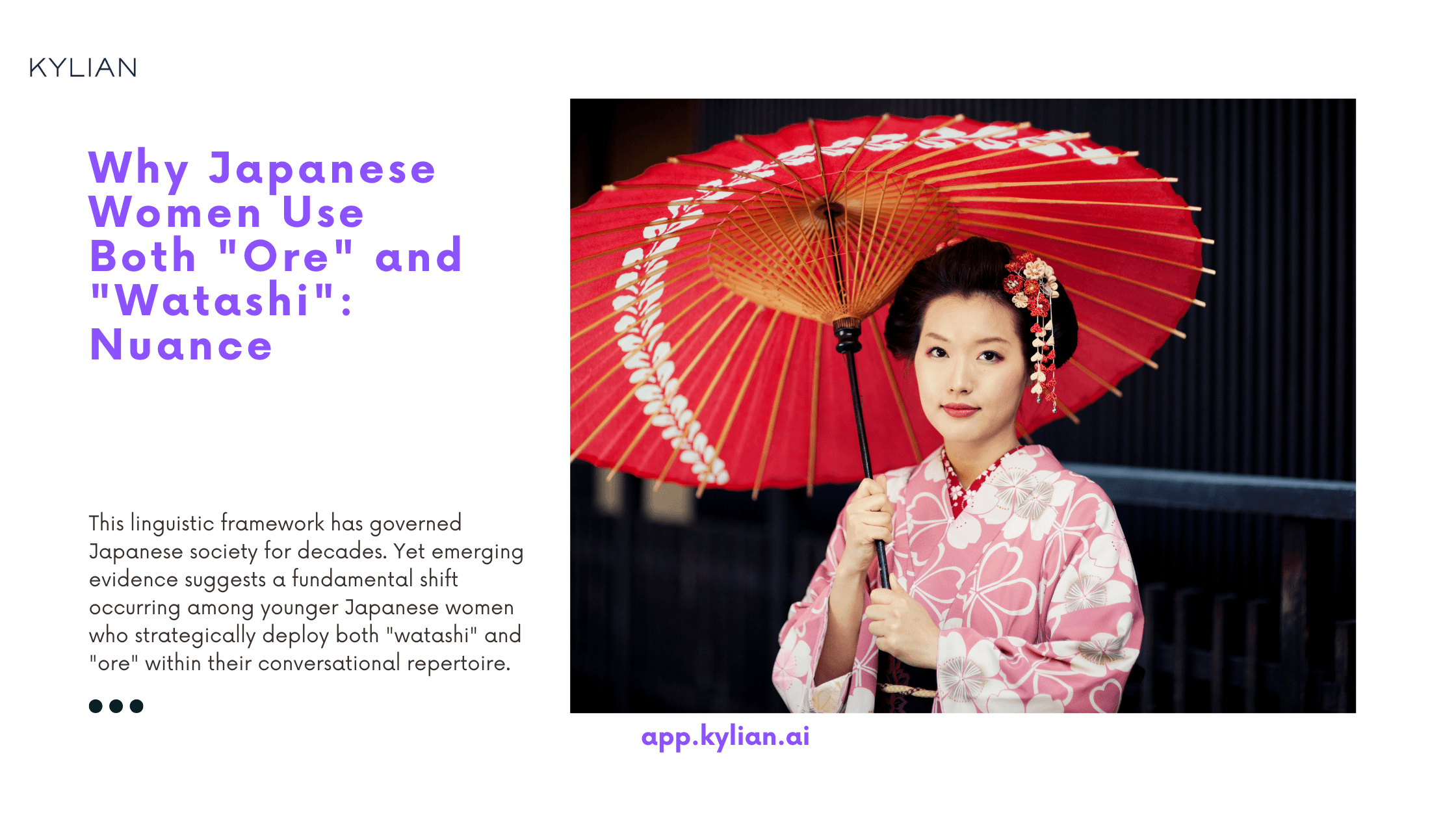
The traditional understanding of Japanese pronouns dictates clear gender boundaries: women use "watashi" (私) while men navigate between "boku" (僕), "ore" (俺), and "watashi" depending on formality. This linguistic framework has governed Japanese society for decades. Yet emerging evidence suggests a fundamental shift occurring among younger Japanese women who strategically deploy both "watashi" and "ore" within their conversational repertoire.
This phenomenon demands immediate attention because it signals broader societal transformations in gender expression, generational identity, and linguistic rebellion against established norms. Understanding these pronoun choices reveals critical insights into how contemporary Japanese women navigate identity construction in a rapidly evolving social landscape.
The Traditional Pronoun Hierarchy and Its Gender Implications
Japanese pronouns operate within a complex system where formality, gender, and social positioning intersect. The use of pronouns, especially when referring to oneself and speaking in the first person, vary between gender, formality, dialect and region where Japanese is spoken. This variation creates a linguistic minefield where wrong choices can signal inappropriate social positioning.
72% of Japanese men will use "ore" with their friends. When they're talking to a stranger, more than 60% of them will use "boku". Women traditionally showed less variation, with 75% of Japanese women using "watashi" to an unknown visitor. This data established watashi as the default female pronoun across most contexts.
The pronoun "ore" carries specific masculine connotations that extend beyond mere linguistic preference. Used by young men (from adolescence to around middle age, usually) in casual contexts, such as hanging out with friends. As such, it's traditionally considered rude to use it with strangers and people above one's own social standing. This casual assertiveness positioned ore as fundamentally incompatible with traditional Japanese femininity ideals.
Contemporary Data: The Emergence of Female "Ore" Usage
Recent linguistic surveys reveal surprising patterns among college-aged women that challenge established assumptions. Of college-aged women, 42% used うち, 36% わたし and 4% to 8% used each of あたし, 自分 and 僕. While this data doesn't explicitly mention "ore" usage among women, it demonstrates significant pronoun diversification beyond the traditional watashi-dominated model.
More revealing insights emerge from observational accounts and regional variations. Some sources indicate that in Tokyo, it's used by young girls when referring to certain pronouns, suggesting geographic influence on gendered language patterns.
The celebrity context mentioned in your observation aligns with documented patterns where public figures utilize non-traditional pronoun choices for strategic self-presentation. Some celebrities have used it as part of a sort of self-branding when discussing how adults use their names as pronouns, indicating that public personas often experiment with linguistic boundaries.
Analyzing the Strategic Deployment: Why "Ore" Appeals to Young Women
The adoption of "ore" by women represents calculated linguistic rebellion rather than casual language drift. 俺 can also be tricky to master for second-language learners because it doesn't sound natural unless you speak Japanese really fluidly and effortlessly. This complexity suggests that women using "ore" possess sophisticated linguistic awareness of its social implications.
Several factors drive this phenomenon:
Identity Differentiation: Young women use "ore" to distinguish themselves from traditional femininity expectations. Various trajectories reflect an increasing individualization of modes of working and living among younger Japanese, indicating broader generational shifts toward personal expression over social conformity.
Contextual Power Dynamics: "Ore" deployment occurs selectively, typically in casual settings where women seek to project confidence or assertiveness. Usage of 私 skyrocketed to 80% when speaking to teachers, with respective declines in every other pronoun, demonstrating contextual code-switching abilities.
Subcultural Influence: Over the past thirty years, this casual first-person pronoun from Kansai has become popular with young women across Japan thanks to anime, gyaru, and the region's comedy culture. Media consumption shapes linguistic choices, particularly among digitally native generations.
The Generational Context: Why This Matters Now
Japan faces unprecedented demographic and social challenges that create conditions favoring linguistic experimentation. A 2022 survey by the Japanese Cabinet Office found that around 40% of unmarried Japanese men in their 20s have never been on a date. This dating crisis intersects with changing gender dynamics where traditional masculine-feminine boundaries blur.
Despite the difficulty of pushing for reform of gender roles in a traditionalist society, such efforts gain momentum from being part of a wider generational shift that is increasingly evident across Japan. Young women's pronoun choices reflect broader resistance to prescribed gender roles.
The economic context amplifies these changes. A major cause is the large number of women who are "non-regular" workers, creating economic precarity that diminishes traditional gender role viability. When established social contracts fail, linguistic rebellion follows.
Regional and Subcultural Variations
Geographic factors significantly influence pronoun adoption patterns. In Kansai, うち is used by both young and older women, demonstrating regional tolerance for non-standard feminine pronouns. This geographic variation suggests that women in certain areas enjoy greater linguistic flexibility.
Urban versus rural dynamics also matter. Younger Japanese pursuing new opportunities are moving from cities to the countryside, potentially spreading urban linguistic innovations to traditionally conservative areas. This geographic mobility facilitates pronoun experimentation across different social contexts.
The celebrity and entertainment industry context provides additional insight. Public figures often serve as linguistic innovators, testing social boundaries through strategic language choices. When celebrities successfully deploy non-traditional pronouns without significant backlash, it normalizes such usage for broader audiences.
Social Reactions and Acceptance Patterns
Traditional Japanese society views women's "ore" usage with suspicion. People should think she is an impolite or a strange person if she uses 'ore' everywhere. This social resistance explains why women typically reserve "ore" for specific contexts rather than universal adoption.
However, generational differences create acceptance gaps. Support among men generally increased with age, with the lowest results being among those aged 30–39 regarding gender equality questions. This suggests that older demographics may show greater tolerance for linguistic gender boundary-crossing than middle-aged populations.
The contextual nature of acceptance matters critically. While using "ore" in formal business settings would generate negative reactions, casual social contexts among peers show greater tolerance. This selective acceptance enables strategic pronoun deployment without complete social ostracism.
Linguistic Innovation in Digital Spaces
Digital communication platforms accelerate linguistic change by reducing face-to-face social pressure. Online interactions allow experimental pronoun usage without immediate social consequences, enabling women to test "ore" deployment in low-risk environments.
Social media personalities and content creators particularly drive these innovations. Young female streamers, YouTubers, and social media influencers who use "ore" strategically normalize such usage for their audiences. This digital influence creates linguistic change patterns that traditional media cannot match.
Gaming culture also contributes significantly. Female gamers often adopt assertive linguistic styles, including "ore" usage, to establish credibility in male-dominated gaming environments. This functional deployment demonstrates how context drives pronoun choice evolution.
Implications for Japanese Society's Future
The strategic use of both "watashi" and "ore" by young women signals fundamental shifts in Japanese gender construction. Rather than wholesale rejection of traditional femininity, these women demonstrate sophisticated linguistic code-switching that maximizes social navigation options.
This phenomenon reflects broader global trends toward gender expression flexibility while maintaining cultural specificity. Japanese women aren't simply adopting Western gender concepts but creating uniquely Japanese approaches to identity expression through traditional linguistic structures.
Japan's journey towards gender equality reflects a society in flux, caught between the undertow of its historical norms and the forward currents of modernity. Pronoun usage serves as a linguistic barometer for these broader social tensions.
Practical Implications for Language Learning and Usage
Understanding contextual pronoun deployment becomes crucial for effective Japanese communication. The binary traditional model (women use watashi, men use ore/boku) no longer accurately reflects contemporary usage patterns, particularly among younger demographics.
Foreign Japanese learners must recognize that pronoun choice now requires sophisticated contextual awareness beyond simple gender categorization. Observing specific social groups, age demographics, and situational contexts provides better guidance than traditional gender-based rules.
Professional contexts still maintain conservative expectations, but casual social interactions show increasing tolerance for non-traditional choices. This creates complex navigation requirements where linguistic competence extends beyond grammatical correctness to social appropriateness assessment.
The Celebrity Factor: Public Figures as Linguistic Innovators
Your observation about a female celebrity in her early twenties using both "watashi" and "ore" represents a broader pattern where public figures test linguistic boundaries. Celebrities possess unique social positioning that enables pronoun experimentation without severe consequences.
This celebrity usage serves multiple functions: personal branding differentiation, audience connection across different demographics, and strategic identity construction for various media contexts. When successful, celebrity linguistic choices filter down to broader populations through fan adoption and media normalization.
The entertainment industry's role in linguistic change cannot be understated. Television dramas, variety shows, and music performances where female personalities use non-traditional pronouns gradually shift public perception of acceptable usage patterns.
Learn Any Language with Kylian AI
Private language lessons are expensive. Paying between 15 and 50 euros per lesson isn’t realistic for most people—especially when dozens of sessions are needed to see real progress.
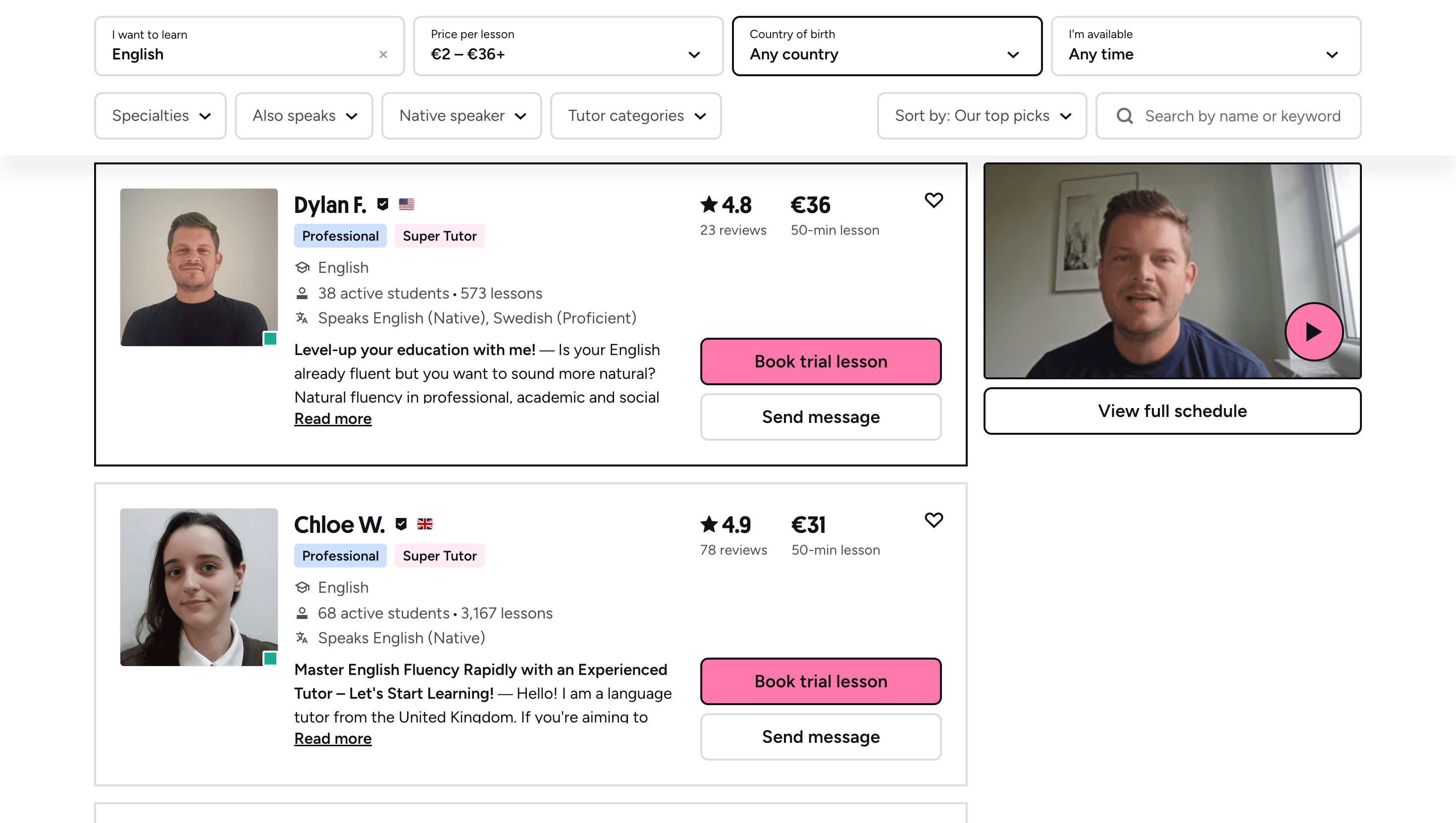
Many learners give up on language learning due to these high costs, missing out on valuable professional and personal opportunities.
That’s why we created Kylian: to make language learning accessible to everyone and help people master a foreign language without breaking the bank.
To get started, just tell Kylian which language you want to learn and what your native language is
Tired of teachers who don’t understand your specific struggles as a French speaker? Kylian’s advantage lies in its ability to teach any language using your native tongue as the foundation.
Unlike generic apps that offer the same content to everyone, Kylian explains concepts in your native language (French) and switches to the target language when necessary—perfectly adapting to your level and needs.

This personalization removes the frustration and confusion that are so common in traditional language learning.
Choose a specific topic you want to learn
Frustrated by language lessons that never cover exactly what you need? Kylian can teach you any aspect of a language—from pronunciation to advanced grammar—by focusing on your specific goals.
Avoid vague requests like “How can I improve my accent?” and be precise: “How do I pronounce the R like a native English speaker?” or “How do I conjugate the verb ‘to be’ in the present tense?”

With Kylian, you’ll never again pay for irrelevant content or feel embarrassed asking “too basic” questions to a teacher. Your learning plan is entirely personalized.
Once you’ve chosen your topic, just hit the “Generate a Lesson” button, and within seconds, you’ll get a lesson designed exclusively for you.
Join the room to begin your lesson
The session feels like a one-on-one language class with a human tutor—but without the high price or time constraints.
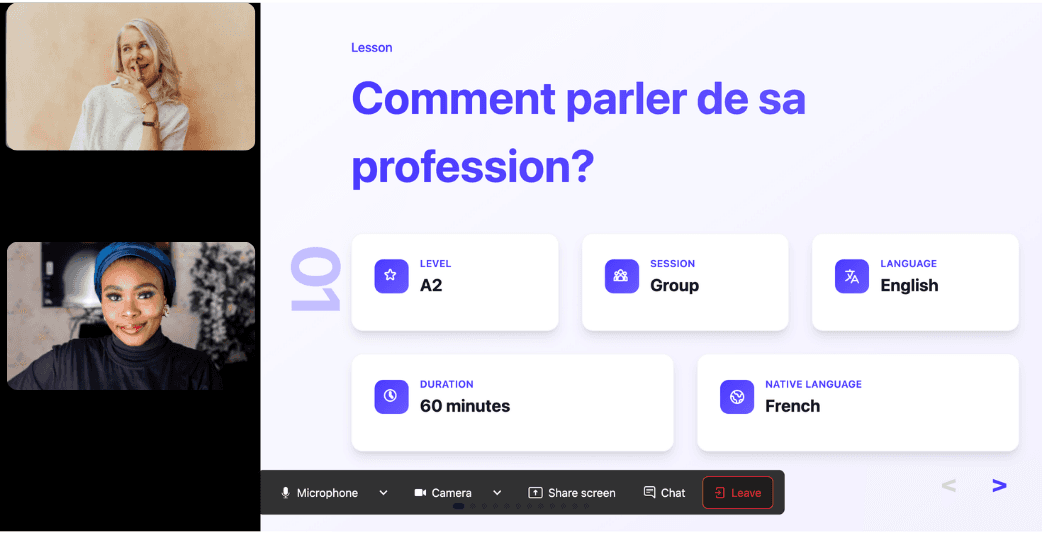
In a 25-minute lesson, Kylian teaches exactly what you need to know about your chosen topic: the nuances that textbooks never explain, key cultural differences between French and your target language, grammar rules, and much more.
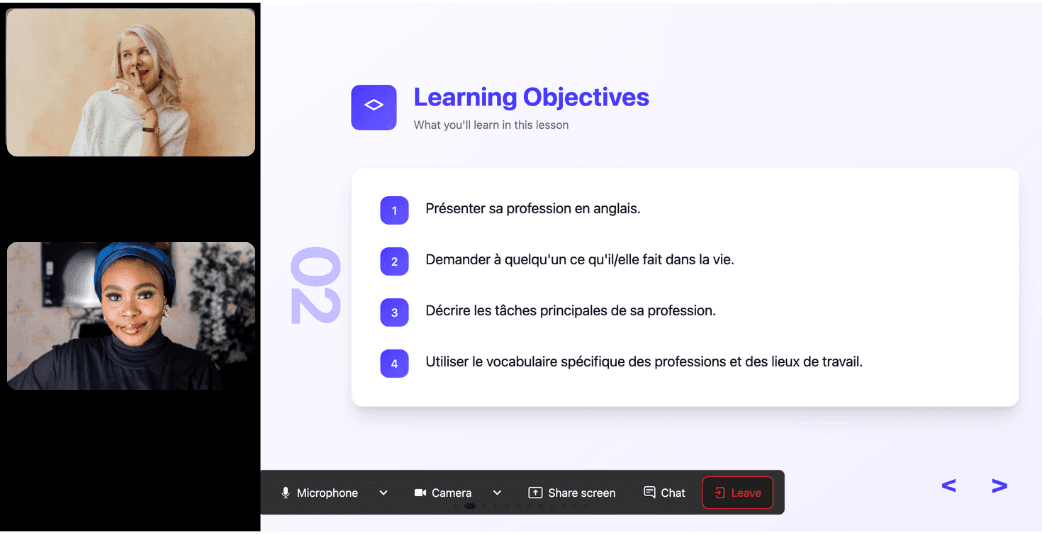
Ever felt frustrated trying to keep up with a native-speaking teacher, or embarrassed to ask for something to be repeated? With Kylian, that problem disappears. It switches intelligently between French and the target language depending on your level, helping you understand every concept at your own pace.
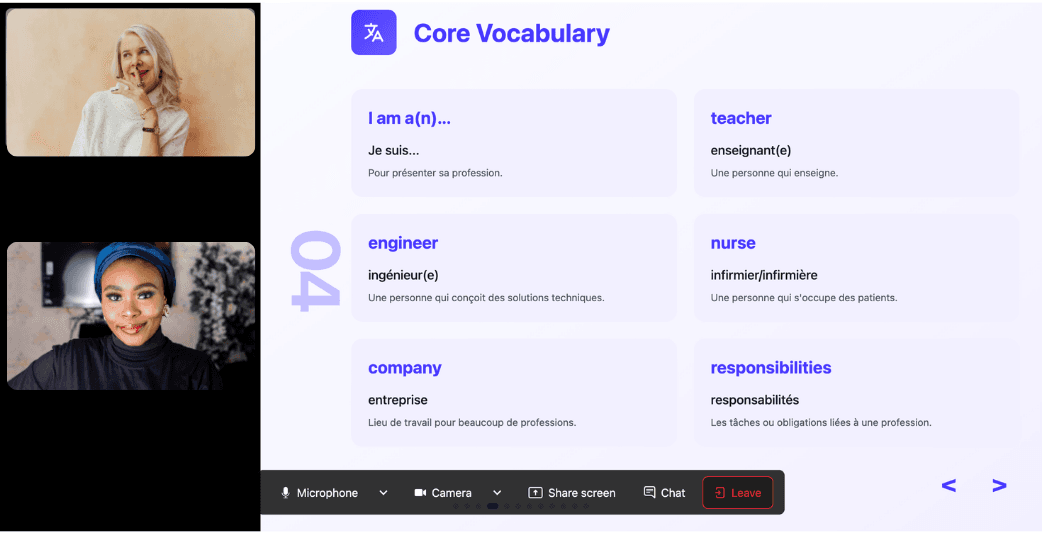
During the lesson, Kylian uses role-plays, real-life examples, and adapts to your learning style. Didn’t understand something? No problem—you can pause Kylian anytime to ask for clarification, without fear of being judged.
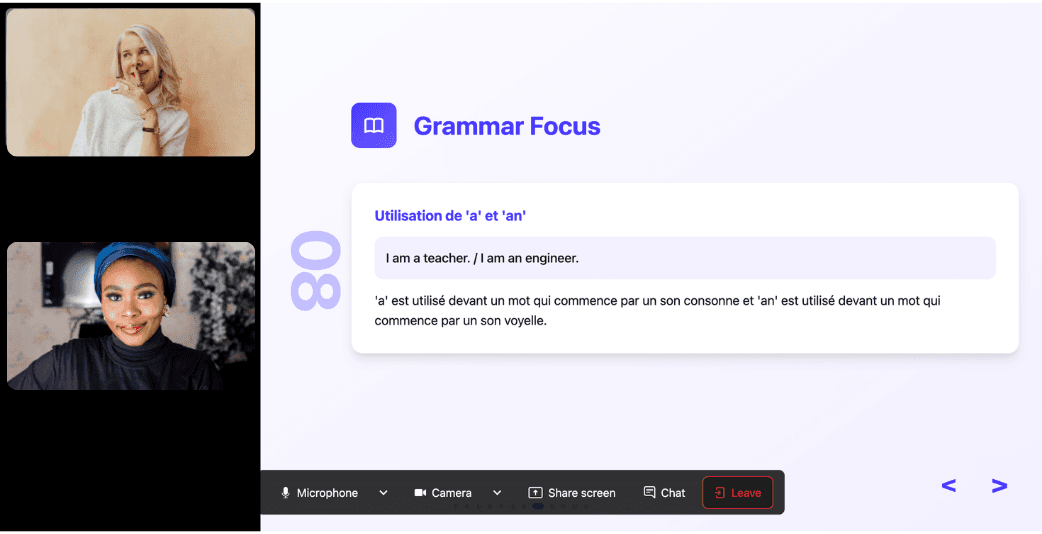
Ask all the questions you want, repeat sections if needed, and customize your learning experience in ways traditional teachers and generic apps simply can’t match.
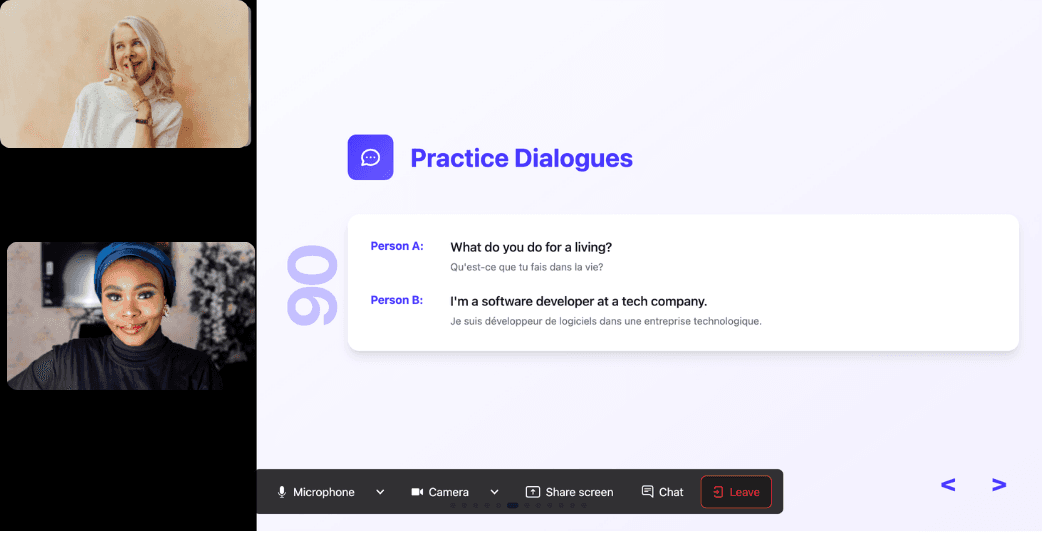
With 24/7 access at a fraction of the cost of private lessons, Kylian removes all the barriers that have kept you from mastering the language you’ve always wanted to learn.
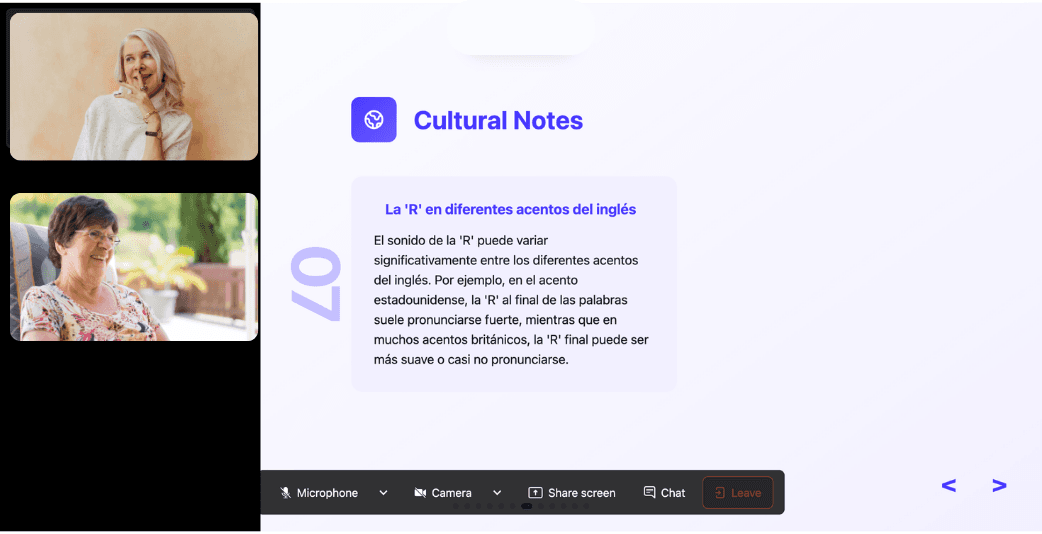
Similar Content You Might Want To Read

How to Learn Turkish: The Beginner's Guide
Turkish stands as a fascinating language with rich cultural significance and growing global importance. Starting your Turkish learning journey might feel challenging, but with structured guidance and consistent practice, you'll progress steadily through each milestone. Whether your motivation is travel, cultural appreciation, or professional advancement, this comprehensive guide provides the foundation you need to begin speaking Turkish effectively.

How to Learn Mandarin Chinese By Yourself: 12 Key Tips
Learning Mandarin Chinese independently requires strategic planning, consistent practice, and the right resources. With China's growing economic influence and cultural significance, Mandarin proficiency has become an increasingly valuable skill for global professionals, travelers, and cultural enthusiasts alike. While self-directed language acquisition presents unique challenges, particularly for speakers of non-tonal languages like English, this comprehensive guide provides actionable strategies to help you navigate your Mandarin learning journey efficiently.

How to Speak Spanish: 13 Must-Know Tips for Fluency
Have you considered joining the community of over 500 million Spanish speakers worldwide but feel overwhelmed about where to start? Many language learners delay their Spanish journey because they're uncertain about the most effective approach. The good news? Learning Spanish is achievable with the right methods and consistent effort. This comprehensive guide outlines 11 essential strategies to help you speak Spanish confidently and effectively. Whether you're starting from zero or building on basic knowledge, these proven techniques will transform you from a beginner to a fluent Spanish speaker. ¡Vamos!

15 Best Tips to Start Learning Japanese
Japanese is a fascinating language spoken by over 128 million people worldwide. While primarily the national language of Japan, Japanese speakers can also be found in communities across Korea, the United States, and Brazil. If you're considering learning Japanese, you're embarking on a rewarding journey that opens doors to a rich culture and unique worldview. Many prospective learners ask: "Is Japanese difficult to learn?" While it presents distinct challenges compared to European languages, with dedication and the right approach, anyone can make meaningful progress. This guide provides 13 actionable strategies to help absolute beginners start their Japanese language journey effectively.

Speak Spanish Fluently: Best Methods & Top Tips
Looking to master Spanish? This comprehensive guide delivers proven strategies, methods, and crucial mistakes to avoid on your path to Spanish fluency. Whether you're a complete beginner or already conversational, achieving Spanish fluency requires strategic approaches that optimize your learning journey. This guide breaks down the most effective techniques for mastering Spanish listening, reading, writing, and speaking—all essential components for true language proficiency.

Improve Your German Pronunciation: Sound Like a Native
Learning to speak German with proper pronunciation transforms your language experience. Correct pronunciation not only makes you more easily understood but also boosts your confidence and accelerates your progress. This comprehensive guide breaks down the fundamentals of German sounds, giving you the tools to refine your accent and communicate more effectively.